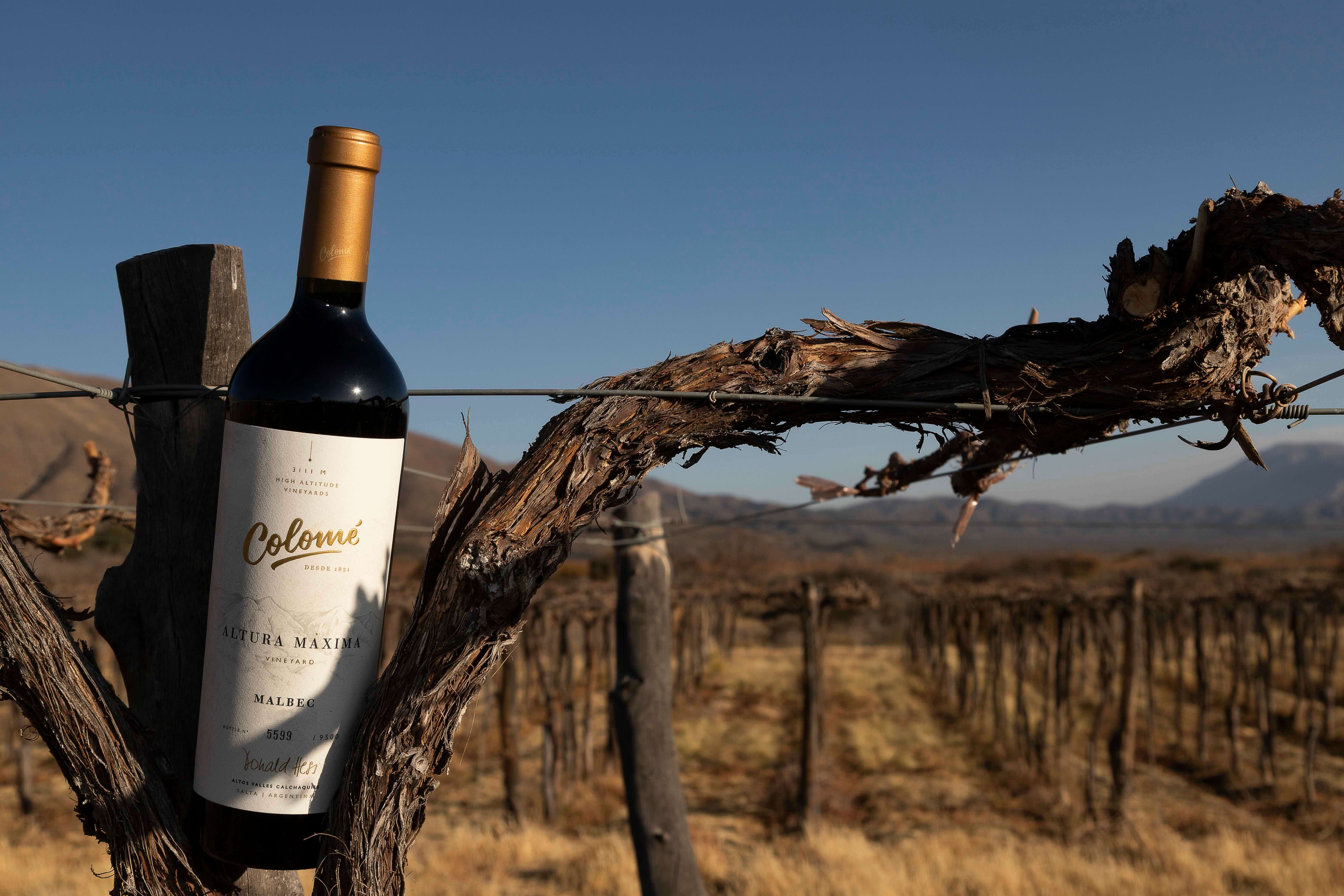Our Roots
Getting to know: La Pampa
On this week's blog, we wanted to continue with our journey through Argentina and introduce you to another beautiful location.
This time we're travelling to La Pampa, and talking about its location and some of its features, Fazendeiros.
About La Pampa
La Pampa is a province in central Argentina lying just west of the Buenos Aires province. The first European explorer to reach this region was Hernando Airas de Saavedra (also known as Hernandarias) in 1604. It wasn't until the 18th century that Spanish colonists created permanent settlements in this province.The land is sparsely populated and filled with natural wildlife. Since the majority is grasslands, it's a perfect place for nature to thrive. The grasslands mean that it's also Argentina's most economically agricultural province. In 2006, their agricultural produce was estimated at an incredible US$3.144 billion.
There are two main rivers running through La Pampa: the Colorado on the border of the Río Negro province, and the Salado River (the Salty River) that runs through the centre of La Pampa.
Climate
La Pampa has a generally cool climate, due to its location. Average temperatures range from 14°C to 16°C across the year in this region. However, it can get much colder than this during the night. The lowest temperature ever recorded in the Southwest of La Pampa was -10°C!A strange characteristic of the weather here is that most of the rainfall occurs between October and March. There's hardly any rain during the winter.
Rural Tourism
Across La Pampa there are many ranches, known as estancias, scattered throughout. These traditional ranches offer many experiences for tourists. Activities often include hiking, horseback riding, guided tours and off-road tours; there's truly something for everyone.If you really want to get into the gaúcho spirit, though, many estancias also offer authentic, traditional experiences such as cattle herding, cow milking and shearing.
The owners often finish the day off with a meal for you and other guests; it's an authentic opportunity to meet new people and take in the culture.
You can find out more about this amazing experience here but you might have to use your browser translation tool as the site doesn't have an English version.
Santa Rosa
Santa Rosa is the capital city of the La Pampa province located in the east. There are only 102,610 people living in this capital city and its surrounding areas, meaning it's one of the smallest provincial capital cities of the country.Founded in 1892, the city developed into an important agricultural centre in the second half of the 20th century.
Some of the main things to see in this city include the Fitte neighbourhood, the monument to San Martín, the Art Museum and the National History Museum.
Lihué Calel National Park
The Lihué Calel National Park is a vast national park in the La Pampa province. The 'mountain range of life' spans an area of 10,934 hectares. The hiking paths weave through rocky, volcanic formations.There's a range of natural wildlife here, with animals as small as ferrets and skunks all the way up to cougars calling this park home.
One of the most popular things to do at this park is to ascend the mount called 'Sociedad Cientifica', which strangely means 'Scientific Study'. At the top, you'll be getting a 590m panoramic view of this beautiful landscape.
This territory was one home to the Araucanian Indians. They used this area to re-supply and as a suitable space to herd cattle before they eventually moved away from this area.
We love sharing snippets of places from our native countries, Fazendeiros. You can find similar past posts here on our blog.
